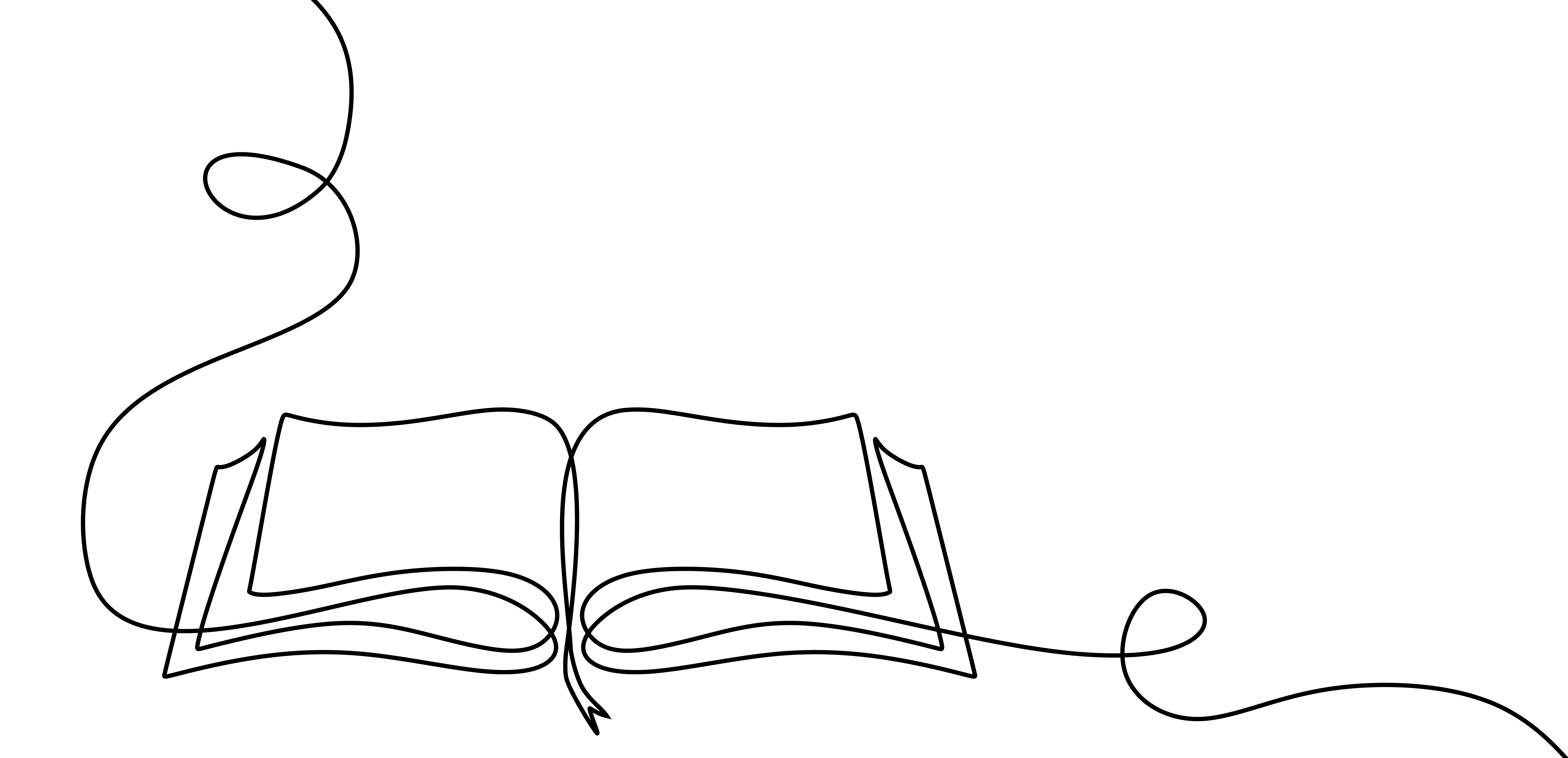
BOOKS
The cure for boredom is curiosity. There is no cure for curiosity.
Dorothy Parker
Below is a curated collection of insightful and thought-provoking books to help you understand how your home environment impacts your well-being, how architecture shapes your emotional and physical experiences, and how urban design impacts public health. Learn how to shape your space to help you lead a happier, healthier, more creative life.
WELL-BEING
”The Little Book of Hygge: Danish Secrets to Happy Living” by Meik Wiking guides the Danish concept of hygge, which is all about creating a cosy and comfortable atmosphere that promotes well-being and happiness. Wiking shares practical tips on creating a hygge-inspired home, from incorporating soft lighting to enjoying simple pleasures like hot drinks and good company.
“Wellness by Design” by Jamie Gold explores the connection between our homes and our physical and mental well-being. The book provides guidance on creating a space that promotes health and wellness, from incorporating natural light and fresh air to choosing non-toxic materials and creating spaces for relaxation and meditation.
“The Healthy Home: Simple Truths to Protect Your Family from Hidden Household Dangers” by Dr. Myron Wentz and Dave Wentz – This book highlights the importance of creating a healthy home environment and provides tips on how to eliminate hidden toxins and chemicals that can impact our health and well-being.
“Wellbeing in Interiors: Philosophy, Design, and Value in Practice” by Elina Grigoriou guides creating interiors that promote well-being. The book explores the wellbeing philosophy and presents practical strategies for incorporating well-being principles into interior design.
“SoulSpace: Transform Your Home, Transform Your Life — Creating a Home That Is Free of Clutter, Full of Beauty, and Inspired by You” by Xorin Balbes – This book guides readers on how to transform their home into a personal sanctuary by decluttering and organizing their space, adding beauty, and bringing in elements that reflect their personality and values.
“The Alchemy of Things: Interiors Shaped by Curious Minds” by Karen McCartney – This book showcases unique and inspiring interiors that reflect the individuality and creativity of their owners, demonstrating how our surroundings can impact our sense of self and well-being.
“The Not So Big House: A Blueprint for the Way We Really Live” by Sarah Susanka – This book challenges the idea that bigger is always better when it comes to home design, offering a blueprint for creating smaller, more efficient, and more livable homes that promote a sense of comfort, connection, and well-being. The author provides practical tips for designing homes that meet our needs and reflect our values while also being mindful of our environmental impact.
DESIGN
”Joyful: The Surprising Power of Ordinary Things to Create Extraordinary Happiness” by Ingrid Fetell Lee explores how the design of our surroundings can profoundly impact our mood, emotions, and overall well-being. Lee reveals how certain objects and design elements can evoke feelings of joy, and shares practical advice on incorporating them into our daily lives.
”My Creative Space” by Donald Rather guides creating a space that fosters creativity and inspiration. Rather shares insights and tips from various creative professionals, offering practical advice on everything from choosing colours and furniture to organizing your space and cultivating a daily creative practice.
“Emotional Design: Why We Love (or Hate) Everyday Things” by Donald A. Norman explores how design can evoke emotional responses in users. Using examples from everyday objects and experiences, Norman argues that emotional design can enhance the usability and appeal of products and spaces.
“The Secret Lives of Color” by Clair Kassia St Clair is a fascinating exploration of the history and cultural significance of different colours. Drawing on art, science, and culture, St Clair presents stories and anecdotes about the use and symbolism of colour throughout history.
“Beauty. Schönheit = Wahrheit / Schönheit = Funktion” is a monograph of the work of Stefan Sagmeister and Jessica Walsh, two prominent graphic designers. The book showcases their design work and explores their approach to beauty and functionality in design.
NATURE
“The Nature Fix: Why Nature Makes Us Happier, Healthier, and More Creative” by Florence Williams – This book examines the scientific evidence for the restorative and therapeutic effects of spending time in nature and explores the ways that urban design can incorporate natural elements to promote well-being.
“The Well-Gardened Mind: The Restorative Power of Nature” by Sue Stuart-Smith – This book explores the therapeutic benefits of gardening and the positive impact nature can have on our mental health and well-being.
“Biophilic Design” by Stephen R. Kellert is a guide to incorporating nature into the design of buildings and cities. Drawing on research from psychology and neuroscience, Kellert argues that exposure to nature can significantly benefit our mental and physical health, and presents design principles for creating spaces that connect us to the natural world.
“The Nature of Home: Creating Timeless Houses” by Jeff Dungan – This book explores how the natural environment can inform and inspire home design, providing examples of homes that integrate seamlessly into their surroundings and promote a sense of connection with nature.
ARCHITECTURE
“The Shaping of Us: How Everyday Spaces Structure Our Lives, Behavior, and Well-Being” by Lily Bernheimer examines how the design of our built environment can shape our lives and behaviours. Drawing on research from psychology, neuroscience, and other fields, Bernheimer presents insights and design principles for creating spaces that enhance our well-being and happiness.
“Architecture of Happiness” by Alain de Botton explores the ways in which architecture can impact our sense of well-being and overall happiness. De Botton delves into the psychology of space and design, drawing on examples from around the world to explore how buildings can evoke emotions and shape our experiences.
“Design for Good: A New Era of Architecture for Everyone” by John Cary – This book showcases examples of architecture and design that promote social equity, environmental sustainability, and community well-being.
“A Pattern Language: Towns, Buildings, Construction” by Christopher Alexander, Sara Ishikawa, and Murray Silverstein – This classic book provides a comprehensive guide to designing homes and communities that promote human well-being and happiness, using a pattern language approach that emphasizes the importance of context, culture, and human needs.
“Happy City: Transforming Our Lives Through Urban Design” by Charles Montgomery explores how the design of our cities impacts our happiness and wellbeing. Through interviews with experts and case studies from around the world, Montgomery argues that the design of our cities can and should prioritize the happiness and wellbeing of its inhabitants.
“The Social Life of Small Urban Spaces“ by William H. Whyte is a classic book on the design of public spaces. Using observation and analysis, Whyte examines how people use and interact with public spaces, and presents insights and design principles for creating vibrant and successful urban spaces.
“The Power of Place: How Our Surroundings Shape Our Thoughts, Emotions, and Actions” by Winifred Gallagher – This book examines the influence of our physical environment on our thoughts, emotions, and behavior, showing how our surroundings can impact everything from our creativity and productivity to our relationships and well-being.
PSYCHOLOGY
“The Myth of Normal” by Gabor Mate challenges society’s definition of normal behaviour, arguing that labelling certain behaviours as abnormal fails to address the underlying causes of human behaviour. Mate advocates for a more empathetic and understanding approach to human behaviour.
“Designing Your Life: How to Build a Well-Lived, Joyful Life” by Bill Burnett and Dave Evans – This book offers a practical framework for designing a fulfilling and meaningful life, using design thinking principles to help readers create a life that aligns with their values and aspirations.
*By using the “affiliate” links to purchase books, you are also supporting me in a very small way at no extra cost to you. This helps me continue sharing and making valuable content for you. Thank you so much for your support!
